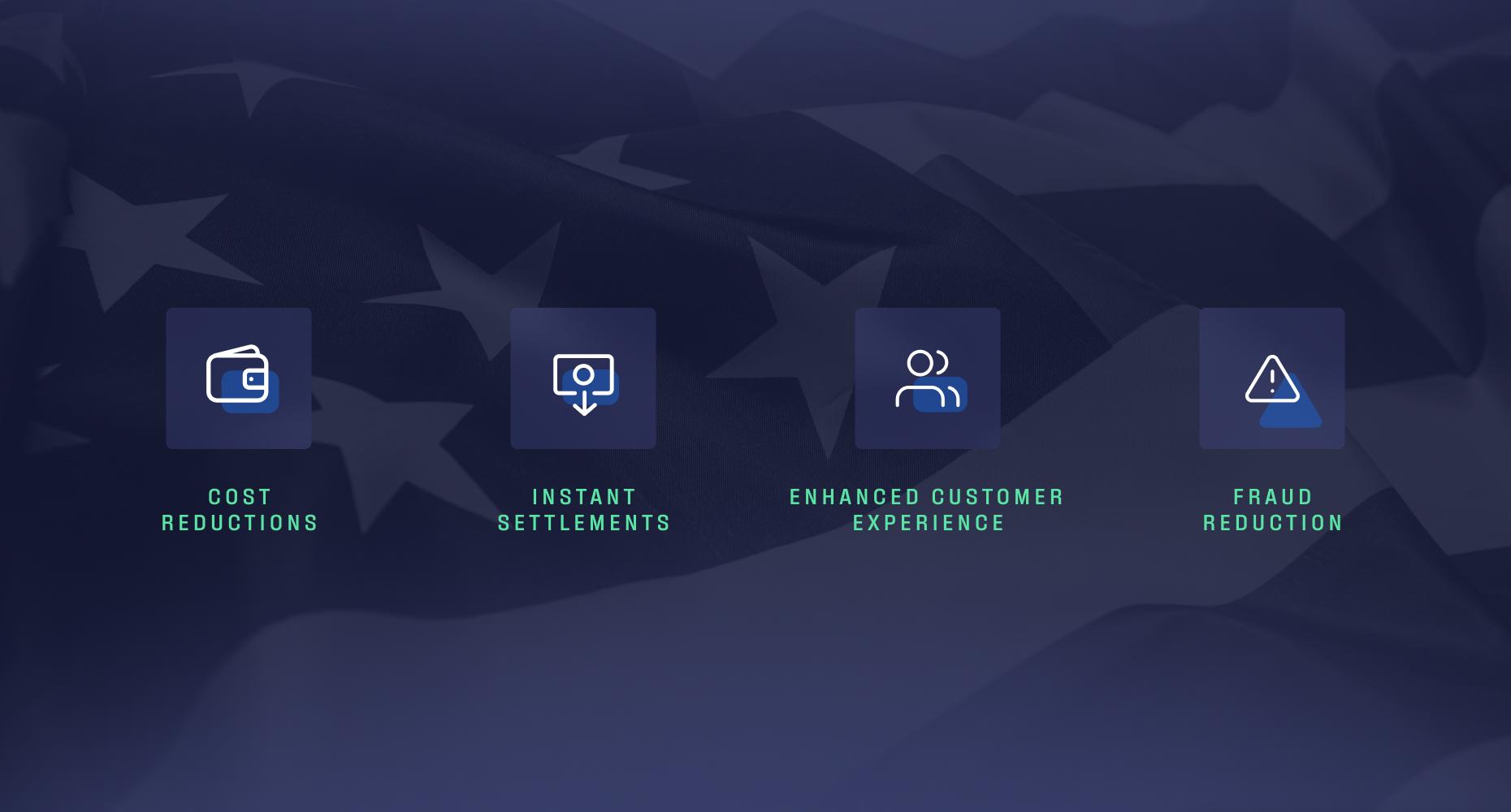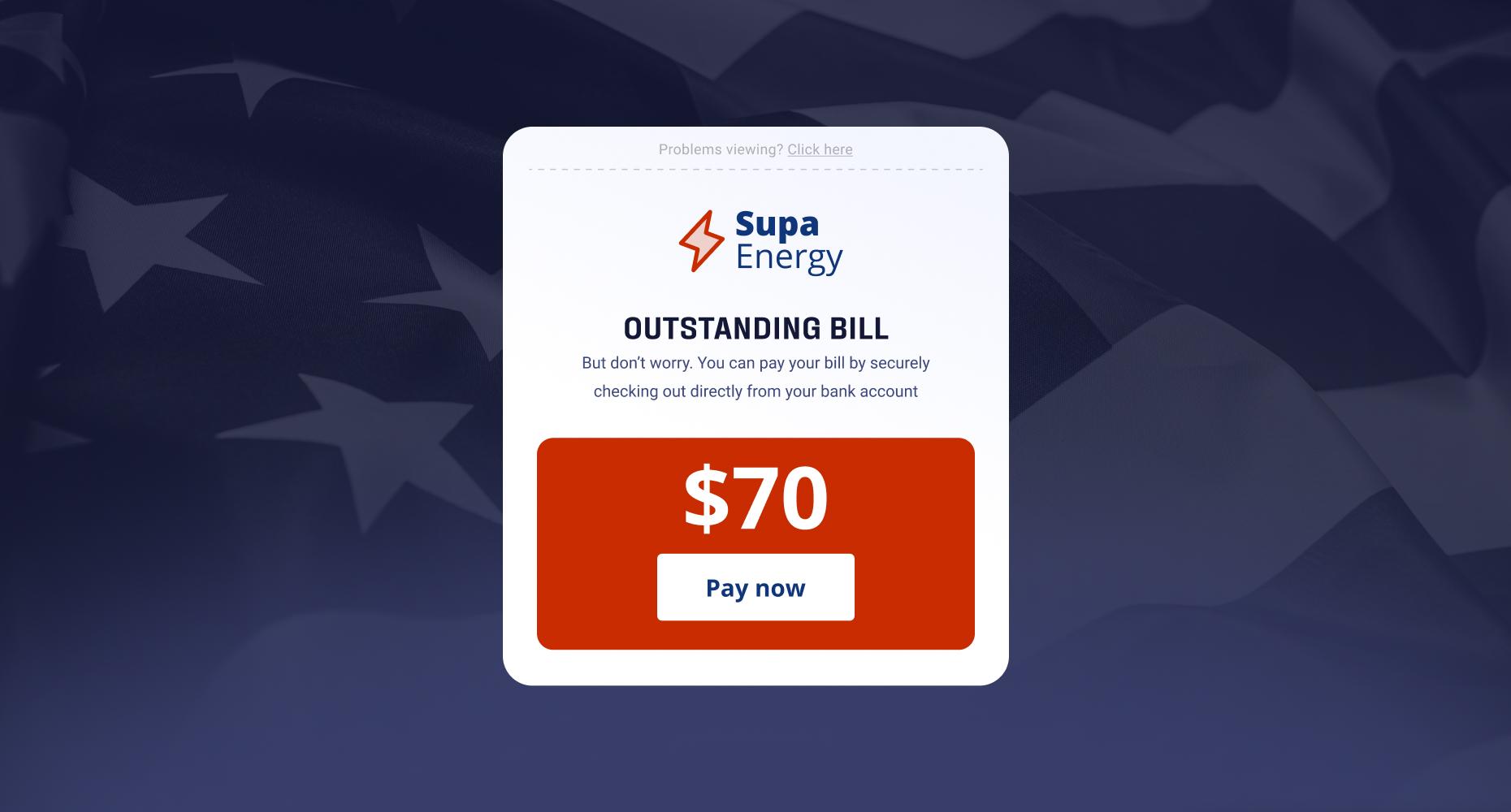


Market insights
Real-time payments in the US: 10 key use cases
Although the US continues to lag behind countries like Brazil, India, and the UK for real-time payments adoption, the signs in 2023 were very encouraging.
Not only did real-time transactions hit a new high of 3.5 billion (a 25% increase from 2022), the launch of FedNow widened the playing field for financial institutions of all sizes to build and deliver instant payment solutions for their customers.
That momentum has carried over to a very healthy first half of 2024:
- Participation in FedNow’s instant payments infrastructure reached over 850 financial institutions in May, with at least 1,000 more in the pipeline
- The Clearing House’s Real-Time Payments® (RTP) network celebrated a record-setting first quarter, experiencing 76 million transactions valued at $46 billion
Clearly, the opportunity of real-time payments in the US is immense. Here’s an overview of the current landscape and examples of how real-time payments are being used today.
The ‘who’s who’ of real-time payments in the US
Unlike regions with a more regulation-driven approach to real-time payments, such as Brazil’s Pix or India’s UPI, the US is largely market-driven. As a result, three key payment rails have emerged for transferring money electronically: ACH, RTP, and FedNow.
We explore how each of these payment rails work in our guide to the US real-time payments landscape, but here’s a brief overview:
- ACH and Same-Day ACH.A batch processing system that allows for electronic money transfers between financial institutions and supports both push and pull payments. Transactions are processed between a few hours to three business days.
- The Clearing House’s RTP. A real-time payments platform for federally insured US depository institutions that supports push payments only, although pull transactions can be accomplished via request for pay (RFP) functionality. Over 600 FIs are in the RTP network.
- FedNow. An instant payments network managed by the Federal Reserve Bank with 850+ participating financial institutions and service providers that supports push payments only. Just like RTP, though, pull transactions can be done via RfP functionality.
Advantages of real-time payments over credit cards
Real-time payments have some serious advantages over the most popular payment method in the US - the credit card. This is especially true for business considerations such as cost of payments, cash flow management, and better customer experiences.
Cost reductions
While credit card processing fees depend on a variety of factors, such as card type and sales channel, they typically range between 1.5% to 3.5% of a transaction’s total. On the other hand, real-time payments have transparent pricing models that are easier to factor into revenue forecasting.
Instant settlements
Credit card settlement can take anywhere from one to three business days. For businesses with significant volumes of credit card transactions, this can cause greater amounts of money locked in processing fees. In contrast, real-time payments give merchants a clearer picture of cash flow since payments are processed in seconds, even freeing up capital for other needs.
Enhanced customer experience
Even though credit cards remain popular among US consumers, sentiments are changing. Three quarters now trust digital payment apps such as Zelle, PayPal, and Venmo as much as or more than cash or card, with cash transfer speed the most valued feature of these services, while transfer fees came in second. Offering real-time payments allows merchants to meet these changing preferences.
Fraud reduction
Although credit cards are the go-to in the US, they have their downsides - like being the primary payment method used in identity theft. Account-to-account transfers give consumers a safer way to pay because the money comes straight out of their bank account. This process inherits online banking security measures such as multi-factor authentication and encryption.

What types of businesses can benefit from real-time payments?
Thanks to the launch of FedNow and RTP additions like RfP in 2023, more and more people in the US are becoming familiar with instant payments. In fact, 86% of businesses and 74% of consumers used faster or instant payments last year and most report looking to their financial institution to provide these services.
Ultimately, turning potential into impact in the US largely falls on participating FedNow and RTP financial institutions. However, as early adopters are already proving, there’s plenty of opportunity to apply the functionality of real-time payments to various use cases across many industries and businesses.
10 US real-time payments uses cases
RTP offers an abundance of stories from participating financial institutions and their customers on how real-time payments are making an impact. Here are ten examples that illustrate the possibilities.
1. Instant card transaction payouts
Over half (60%) of small and medium-sized businesses cite ineffective cash flow management as an overwhelming challenge, with manual processes and outdated banking solutions at the core of their payment delays. On the hunt for help, they’re turning to instant payments.
For example, instead of waiting days for revenue from card transactions to land in their accounts, SMBs could receive real-time payouts from their payment processors. Merchant service and payment processing companies are starting to provide this capability, helping business owners improve cash flow by receiving sales revenue from card payments instantly.
2. Gig economy earnings
Instant pay benefits are growing in popularity with US workers, 57% of whom say instant payments are important to them. That number rises to 70% among gig workers, who say they’d be more likely to choose a gig platform over another if it could pay them instantly without fees.
Rather than receiving earnings via a payroll card or debit card at least a day later, gig workers could get paid instantly after each job — or at the end of the day — directly to their bank account. Earned wage access providers are already using real-time payments from their banks to help employers do just that and get workers their wages in seconds.
3. Online winnings payouts
While most gambling and gaming apps’ average payout times are 24 hours, some can take as long as two to five business days. That’s because winnings payments are generally made through the ACH network, which is limited by its processing and settlement windows.
Regularly checking bank accounts to see if winnings have been received doesn’t have to be part of the process, as players can choose an instant payment option that transfers their money in seconds. Online sports betting companies are beginning to make this real-time experience possible, reducing uncertainty for players on the status of their payments and increasing their brand loyalty.

4. Account-to-account transfers
Today, 60% of Americans use peer-to-peer (P2P) services at least once a month. However, moving funds into their bank accounts can take days. While not always a problem, it can be a source of stress when funds are needed for an emergency.
Instead of initiating a transfer as an ACH transaction (or other traditional methods), consumers could move their money into bank accounts instantly. P2P payment apps are now beginning to use real-time payments rails to allow consumers to access their money in seconds, thus improving customer satisfaction and increasing deposits at the bank or credit union.
5. Immediate payroll deposits
In the US, 90% of employees say their paycheck always arrives on time. Yet approximately 72% of Americans would encounter financial hardship if there were a one-week delay in receiving their salary. Most people already receive their pay via direct deposit, so why not speed things up?
In place of traditional methods like direct deposit to pay employees, HR teams could send earnings immediately. Should errors occur, it would be quicker and easier to correct them since payments are instantaneous. Payroll processors and HR tech platforms are beginning to improve reliability of funds for workers with instant payroll sent over real-time payment networks.
6. Pay by Bank at online checkout
In 2023, Pay by Bank reached an e-commerce market share of 5% in the US. While most Americans only tried it for the first time that year to earn rewards, with cashback being the most popular, it’s a good sign that incentivising customers to use Pay by Bank works.
With solutions like Volt, there’s no need to pull out a credit card - consumers can check out quickly and securely with our Pay by Bank option that debits funds instantly from their account. Although currently running on ACH and Same Day ACH rails, as RfP bank coverage and approved use cases widen these will take Pay by Bank to the next level.
7. Utility bill payments
When it comes to paying utility bills online, 39% of Americans are already using digital payment services like Apple Pay, while another 22% use recurring payments (36% of whom pay via ACH). Yet, despite this convenience, utility bills are most likely to experience overdue payments.
Customers could pay their utility bills instantly upon receipt, making it easier to remit payment without incurring late notices or even fees. Real-time payment rails enable companies to get started with this option today, using RfP functionality that lets customers approve a payment request in their banking app and send money in seconds.

8. Consumer loan payouts
Most US consumers don’t have $500 to cover an emergency bill, so when an unexpected expense occurs, it’s common to seek out a short-term loan. This money is usually received through an ACH payment, which, if delayed, can add extra stress in time-sensitive situations.
If borrowers could access funds instantly upon approval, there would be no need to wait for a loan amount to be disbursed. Loan companies can use real-time payments networks to deliver loan amounts immediately, leading to a smoother process for consumers that removes wait times and cuts down on their financial anxiety. In the future, repayments will be instant, too.
9. Car sales and financing
When buying a new or used car, Americans generally like to pay with a cashier’s check, cash, or ACH transaction. However, processing each of these takes time—as little as one business day or as long as four, depending on the day of the week and the time of day of the deposit.
If consumers could send a payment in real-time, a seller wouldn’t have to wait for the buyer’s payment to land in their account. Automobile dealers and online car marketplaces realise they can remove payment frictions and receive funds instantly with real-time payment innovations embedded in their payment flow, getting drivers and vehicles on the road faster.

10. Prepaid cards
The US prepaid card market is expected to reach USD 1.6 billion by 2027. This includes consumers, such as the 4.8% of adults who don’t have checking accounts, and businesses, which use them to fund employee expenses and more.
In place of using wire transfers or ACH transactions to pre-fund corporate cards or pay down balances, businesses could stay ahead of spending limits by sending instant payments through their bank’s real-time payment solutions. Financial institutions are starting to offer this functionality to companies looking to remove payment friction for their employees.
Paving a path to real-time payments in the US
While it’s still early days for real-time payments in the US, understanding the value for your business today — and how you’ll incorporate them into your broader payments strategy going forward — will set you up for success as the momentum builds.
Existing Volt merchants, keep an eye out for exciting news later this year about how Volt can support your expansion in the US.
More like this

Market insights
How PayTo compares to other payment methods in Australia
Explore the advantages of PayTo over other payment methods in Australia when it comes to fees, transaction speed, security, and user experience.

Market insights
From screen scraping to PSD3: The growth of open banking in DACH
We look at open banking in DACH, starting with the German Federal Post Office’s experience to the upcoming PSD3 and Payment Services Regulation.

Market insights
Understanding the Australian payments landscape
We explore the Australian payments landscape, including the rise of wallets and the impact of open banking.